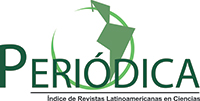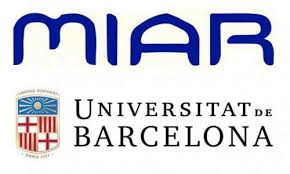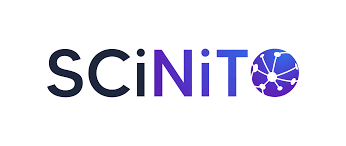Sustainability evaluation of two iconic bridge corridors under construction using Fuzzy Vikor technique: A case study
DOI:
https://doi.org/10.21041/ra.v7i1.171Keywords:
sustainability, Fuzzy-Vikor, governance, technical parameters, inner engineeringAbstract
Two iconic bridge projects over River Yamuna in Delhi under construction have been evaluated from sustainability criteria using Fuzzy-Vikor technique. The Barapulla Elevated road project was more found to be more sustainable in comparison to the Signature Bridge Project in terms of various indicators identified during the study. In general, the goals of providing sustainable features are finding a balance between what is important to the community, to the natural environment and is economically sound. During the study, it was realized that social, economic and environmental are the established parameters of sustainability for developed countries only whereas other issues like Governance, Technical parameters and Inner Engineering also play a key role for developing economies like India.
Downloads
References
Awasthi A., Chauhan S. S., Omrani H. (2011), “Application of fuzzy TOPSIS in evaluating sustainable transportation systems”, Expert Systems with Applications, V. 38 pp.12270–12280.
Awasthi A., Omrani H., Philippe G. (2013), “Multi-criteria decision making for sustainability evaluation of urban mobility projects”, CEPS Instead, Working Paper No 2013-01.
Buckley, J. J. (1985), “Fuzzy hierarchy analysis.” Fuzzy Sets and Systems 17: 233-47.
Christy Mihyeon J., (2007), “Incorporating sustainability into transportation planning and decision making: definitions, performance measures, and evaluation” Ph.D. Thesis in the School of Civil and Environmental Engineering, Georgia Institute of Technology.
Congress Proceedings:
Dubois D. and Prade H. (1987), “Possibility theory: An approach to computerized rocessing of uncertainty” New York: Plenum Ed.
Jeon, C. M. and Amekudzi, A. (2005) “Addressing sustainability in transportation systems: Definitions, Indicators, and Metrics” Journal of Infrastructure Systems, American Society of Civil Engineers (ASCE). V.11, N. 1, pp. 31-50.
Kaufmann, A., and Gupta, M. M. (1991), “Introduction to fuzzy arithmetic: Theory and Application”, New York: Van Nostrand Reinhold.
Klir, G. J. and Yuan, B. (1995), Fuzzy Sets and fuzzy logic. Theory and Applications. Upper Saddle River: Pr
Litman T. (2009), A good example of bad transportation performance evaluation, Working paper, Victoria Transport Policy Institute.
Litman, T. (2008), “Well Measured: Developing indicators for comprehensive and sustainable transport planning”. British Columbia: Victoria Transport Policy Institute.
Litman, T. and Burwell, D. (2006), “Issues in sustainable transportation”, Journal of Global Environmental Issues, V., N.4, pp331-346.
Litman, T., (2009), “Sustainable transportation indicators- A recommended research program for developing sustainable transportation indicators and data”. In Proceedings of the 2009 transportation research board annual conference, CD-ROM, Washington, DC, January 11-15
Opricovic, G. H. T. (2004), Compromise solution by MCDM methods: A comparative analysis of VIKOR and TOPSIS, I.ropean Journal of Operational Research, 156, pp. 445–455
Opricovic, T. (2002), “Multicriteria planning of post-earthquake sustainable reconstruction, Computer-Aided Civil and Infrastructure Engineering”, V.17, N.3, pp. 211–220
Ott, W. (1978), “Environmental indices: Theory and Practice”. Ann Arbor: Ann Arbor Science.
Pedrycz, W. 1994. “Why triangular membership functions?” Fuzzy Sets and Systems 64 (1): 21-30.
Robert, “Sustainable transportation and quality of life”, Department of Psychology, University of Victoria, Victoria BC V8W 3P5, Canada.
Shishir B., Kurian J., Singh S. K., (2013), “Application of environmental friendly systems to protect the environment during construction of grade separators in new delhi”, First international conference on concrete sustainability, Tokyo, Japan, Being Organised By Japan Concrete Institute, May 27-29, 2013
Shishir B., Sameer V., Singh S. K. (2014), “Sustainability indicators of a transportation corridor during construction in an urban environment”, Inernational Conference on sustainable civil infrastructure, American Society of Civil Engineers, India Section, Hyderabad (2014)
Shishir B., Sameer V., Singh S. K. (2015), “Identificaton of sustainability indicators and evaluation of transportation corridors during construction using fuzzy Vikor method”, Journal of Civil Engineering and Architecture, V.9, N.10, pp -1217-1228.
Shishir B., Singh S. K., Kurian J., (2013), “Environmental impacts and mitigation measures in infrastructure projects in new delhi”, First International Conference on Concrete Sustainability, 27-29 May 2013, Tokyo Japan, Program & Paper abstracts, pp 177
Steg L., (2005) Department of Psychology, University of Groningen, Netherlands, Gifford,
Stuart Samberg, RK&K Engineers, Bassok Alon, (2011) Puget Sound Regional Council and Holman Shawna, P., “Method for evaluation of sustainable transportation toward a comprehensive approach”
Sunita B., Srijit B., Singh S. K. (2015), “Approach of fuzzy logic for evaluation of green building rating system”, International Journal of Innovative Research in Advanced Engineering (IJIRAE), V.2, N.3, pp 35-39.
Sunita B., Srijit B., Singh S. K. (2015), “Fuzzy modelling for selection of most economical green building out of N-Alternatives”, International Journal of Advanced Information Science and Technology (IJAIST), V. 36, N.3, pp 7-11
Sunita B., Srijit B., Singh S. K. (2015), “Selection of most economical green building out of n-alternatives: approach of vague fuzzy logic”, International Journal of Research in Engineering and Technology, V.4, N.2, pp. 164-168.
World Commission on Environment and Development (WCED), (1987) “Our Common Future”, Oxford University Press, Oxford, England
Zadeh, L. (1965), “Fuzzy sets.”, Information and Control 8(3): 338-53.
Zimmermann, H. J., (2001), “Fuzzy set theory and its applications”, 4th ed. Boston: Kluwer Academic Publishers.entice-Hall PTR.
Published
How to Cite
Issue
Section
License
_______________________________
License in effect from September 2020
You are free to:
- Share — copy and redistribute the material in any medium or format for any purpose, even commercially.
- Adapt — remix, transform, and build upon the material for any purpose, even commercially.
- The licensor cannot revoke these freedoms as long as you follow the license terms.
Under the following terms:
- Attribution — You must give appropriate credit , provide a link to the license, and indicate if changes were made . You may do so in any reasonable manner, but not in any way that suggests the licensor endorses you or your use.
- No additional restrictions — You may not apply legal terms or technological measures that legally restrict others from doing anything the license permits.
Notices:
You do not have to comply with the license for elements of the material in the public domain or where your use is permitted by an applicable exception or limitation .
No warranties are given. The license may not give you all of the permissions necessary for your intended use. For example, other rights such as publicity, privacy, or moral rights may limit how you use the material.

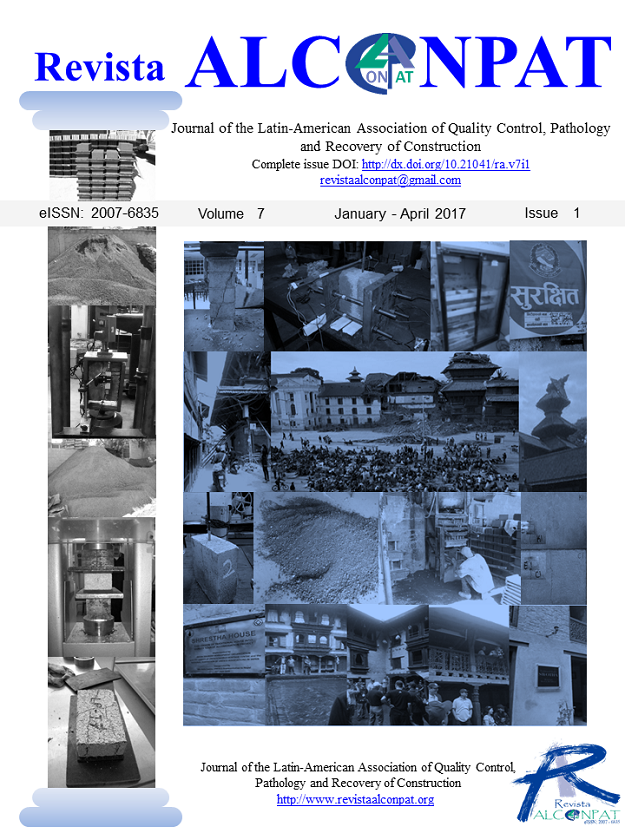


















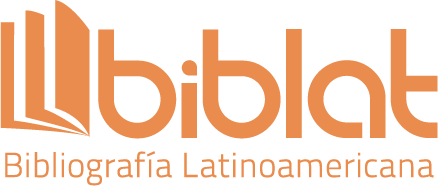
.png)

